We’ll help you bag your first website client with 1:1 coaching.
Give it a go. It’s free!
Find out moreNot sure? Read Lizzie's success story

You have a website, you write blogs, you update your products and case studies- but how do you get your audience to see all of this? Well, one way to do this is to build your brand on social media. Your social media presence and website go hand in hand. Building a social media presence can be daunting when you don’t know where to start, or what to post!
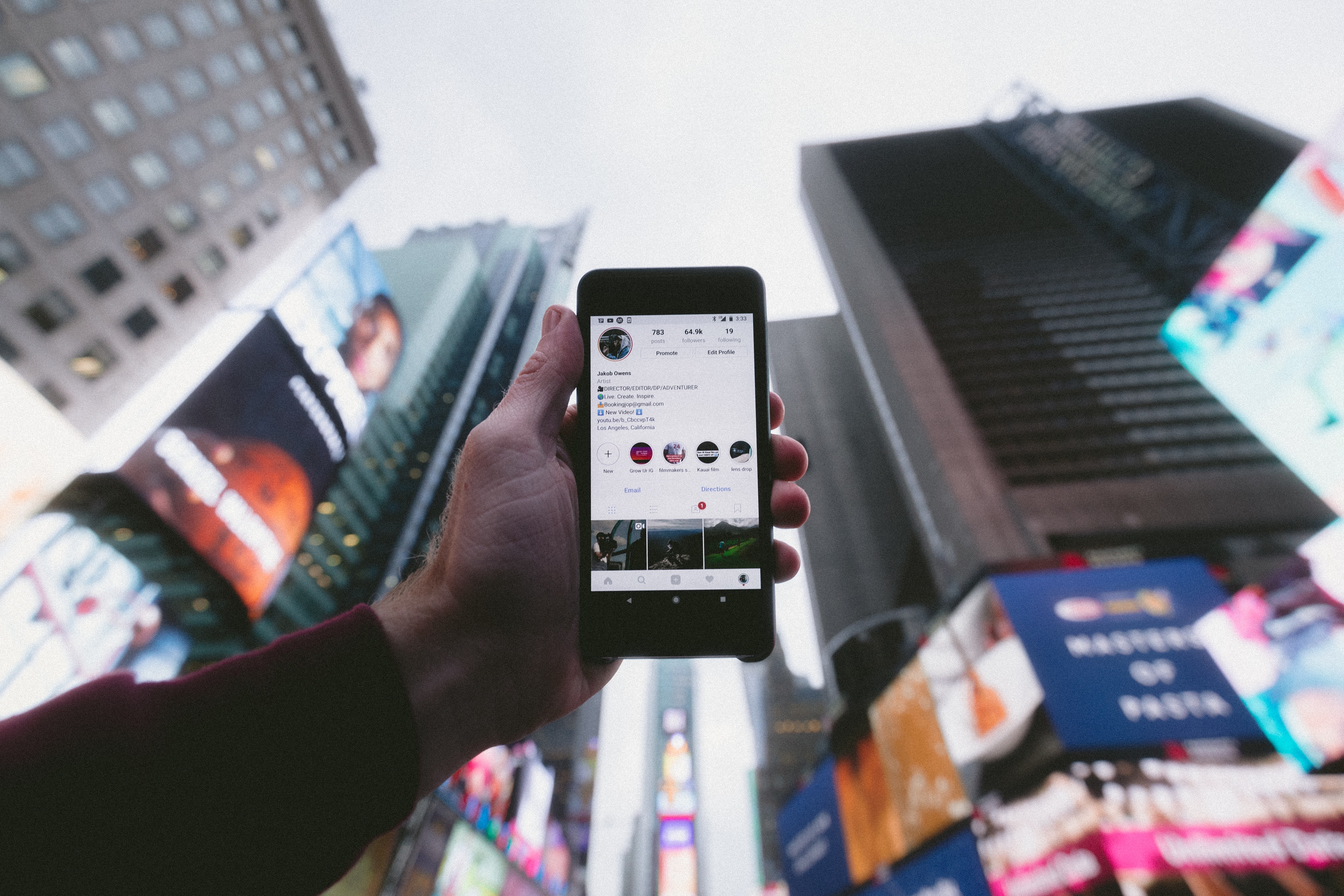
The benefits of using social media to build and promote your brand are clear. It can help you:
Whether you are already on social media and looking to upgrade your channels, or you have not yet created any social media profiles for your business, this post will hopefully point you in the right direction to get you started on your social media success. We will also look at how you can use your Swwwift website alongside your social media channels to boost conversion rate.
You can find every type of business on social media, from creative agencies to restaurants, to hair salons to building companies. You may be thinking that you don’t have anything relevant to post on social media, or you may be buzzing with ideas but just don’t know where to start. Whatever your situation, there is always a way to build your social media and there is always something to post about if you are willing to put in the time!
When starting out, it’s important to decide on which platforms you want to use to build your brand and drive traffic to your website. Focusing on a few specific platforms is beneficial to the growth of your channels, and is easier to manage in terms of workload. As well as this, focusing on a few specific channels will allow you to interact and engage in conversations, which leads to more customers.
Before deciding on which platforms to focus on, you need to have the following points clearly established:
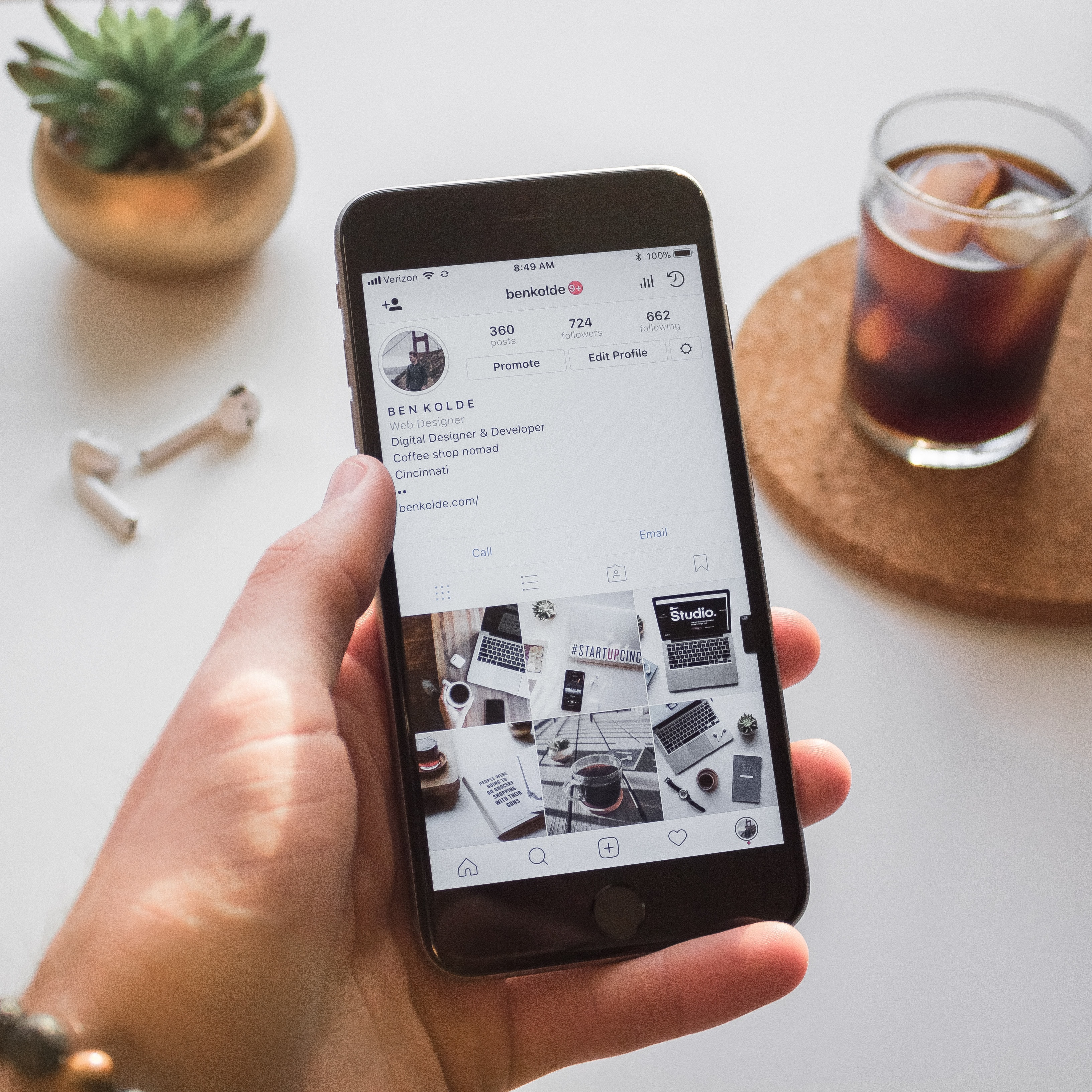
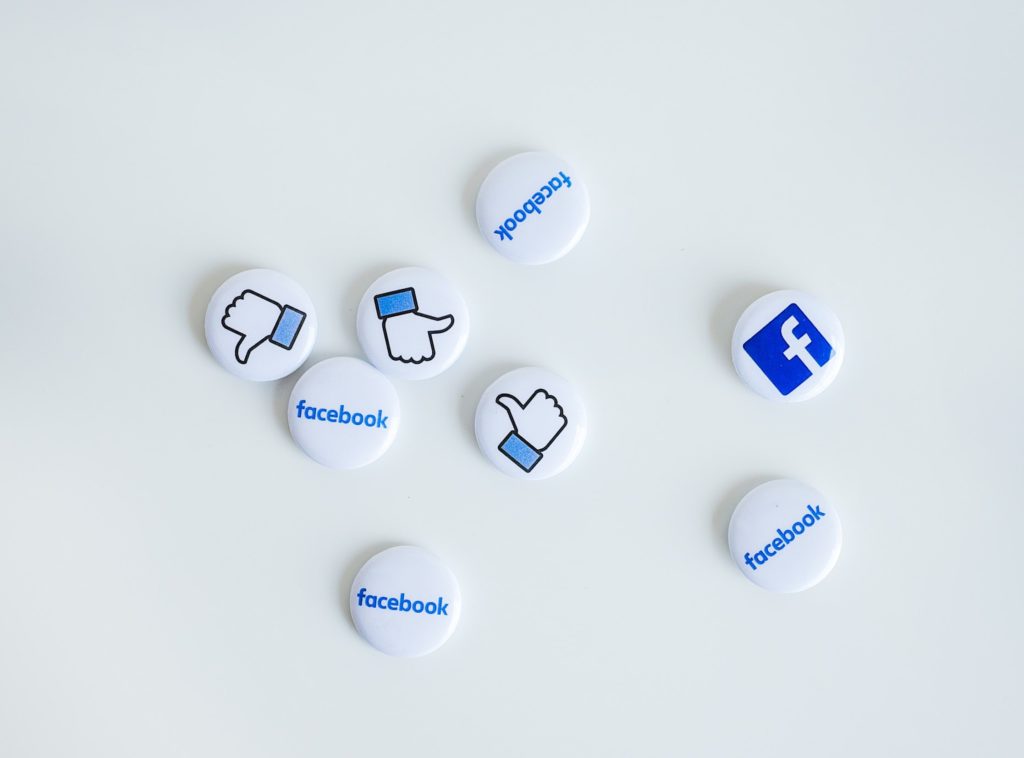

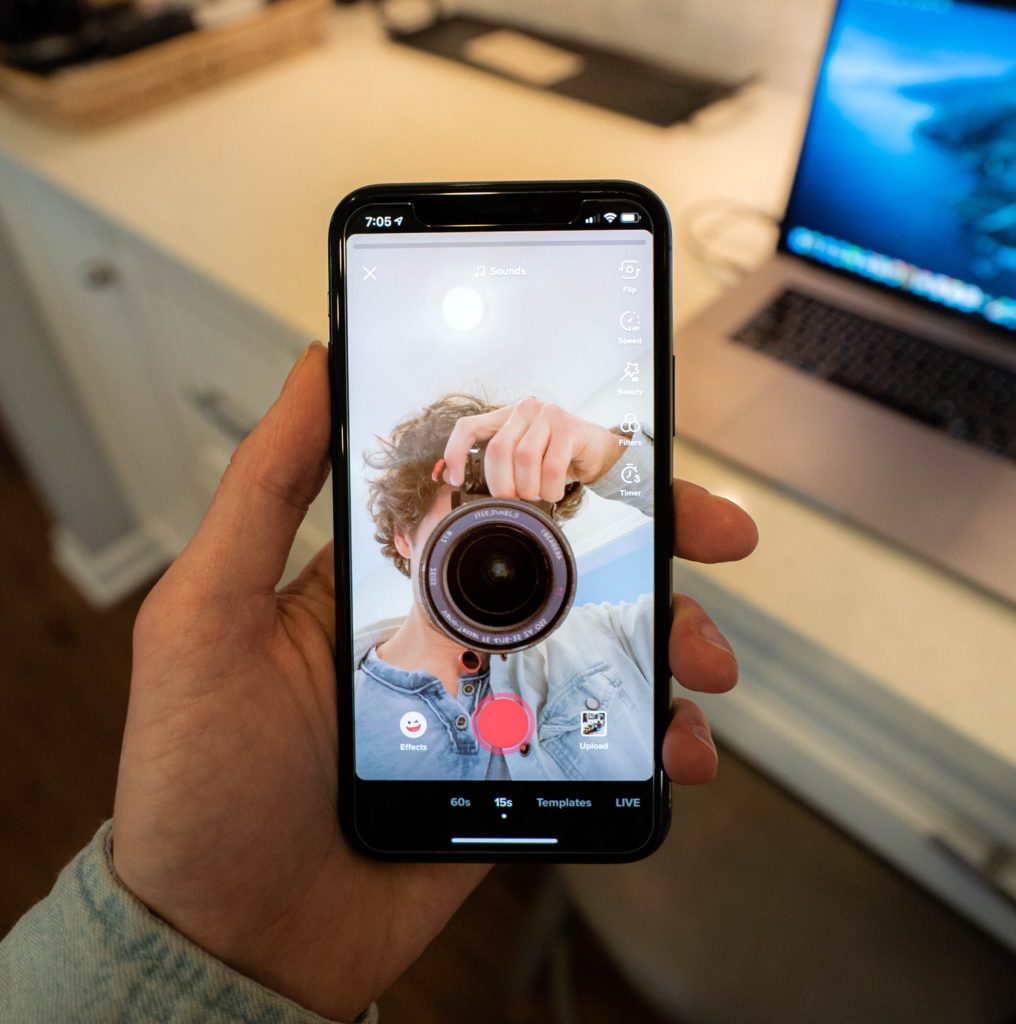
When it comes to posting, it is important that your posts reflect your business. What kind of ‘personality’ do you want to portray? The style and tone of the posts should match up to your professional persona!
A good way to come up with post ideas is to look at what your competitors are posting. You should look at brands and influencers that you aspire to be like, and find out what type of content they tend to post most often, and you can use this to influence your own social media planning.
Another way to make sure that you are posting enough content out there is by planning in advance. Say you have a goal to post 4 times a week, and you want those posts to be a good mixture of value-based blogs and simple pictures, it is important that you plan ahead. This may seem time-consuming and is not always possible, but planning ahead can help make sure that you get enough content out there. There are many ways you can plan your social media posts, and tools such as Hootsuite and Buffer can even automatically post for you at set times.
To really get the most from your social media, sharing content alone is not enough. As well as posting for your users, it can be extremely beneficial for building your brand to engage and communicate with your audience. Ways to engage with your audience include:
This way, you will be able to build and gain the trust of your audience which could equal more customers and conversions, as well as recommendations and awareness.
You may have heard of Influencer Marketing. Influencer Marketing tends to be individuals (but can be businesses too) who have built brand recognition and audience trust. An example of this is Zoe Cairns from ZC Social Media. Zoe has built a personal brand with a very large following which has presented opportunities to be an international speaker, appear on ITV, BBC News and helping 1000’s of individuals with their own social ambitions. You can see from Zoe’s Twitter she has tens of thousands of trusted followers. You can do the same!
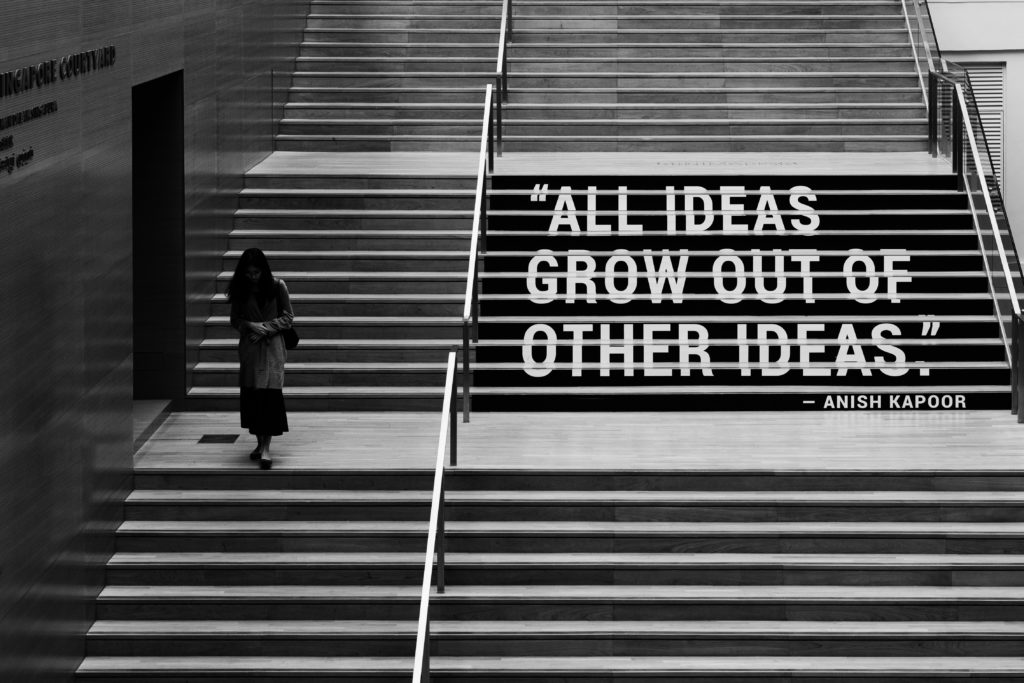
Building your brand on social media will take some time, but by choosing your platform wisely, appealing to your audience and communicating with them, you will be able to increase brand awareness, conversion rate and drive much more traffic to your website.
Picking a goal for your social media is important, as you can then measure your success as you build your brand. If your goal is to drive more traffic to your website, there are resources that can be used to specifically analyse the amount of referral traffic coming from your social networks. The most commonly used resource is Google Analytics, which is a very useful tool to measure the volume of traffic coming from social media to your website.
By regularly reviewing your social media progress, this can in turn help to inform your strategy going forward.
Remember, your website is an important asset when it comes to your social media, and there are many ways that you can use it to generate new posts, such as blogs, photos, case studies and updates to name a few!
Pop in your email address (and first name so we can personally address you!) to receive valuable tips and tricks to grow an income, offers, first to see new themes hot off the devs’ desks and interviews with like-minded professionals.
Start your free 60-day trial now.
You shouldn't leave just yet!
We can’t believe you’re about to miss out!
We’ll help you bag your first website client with 1:1 coaching.
Give it a go. It’s free!
Find out moreNot sure? Read Lizzie's success story

Want a proven template to show you how to get website clients?
Learn how to: